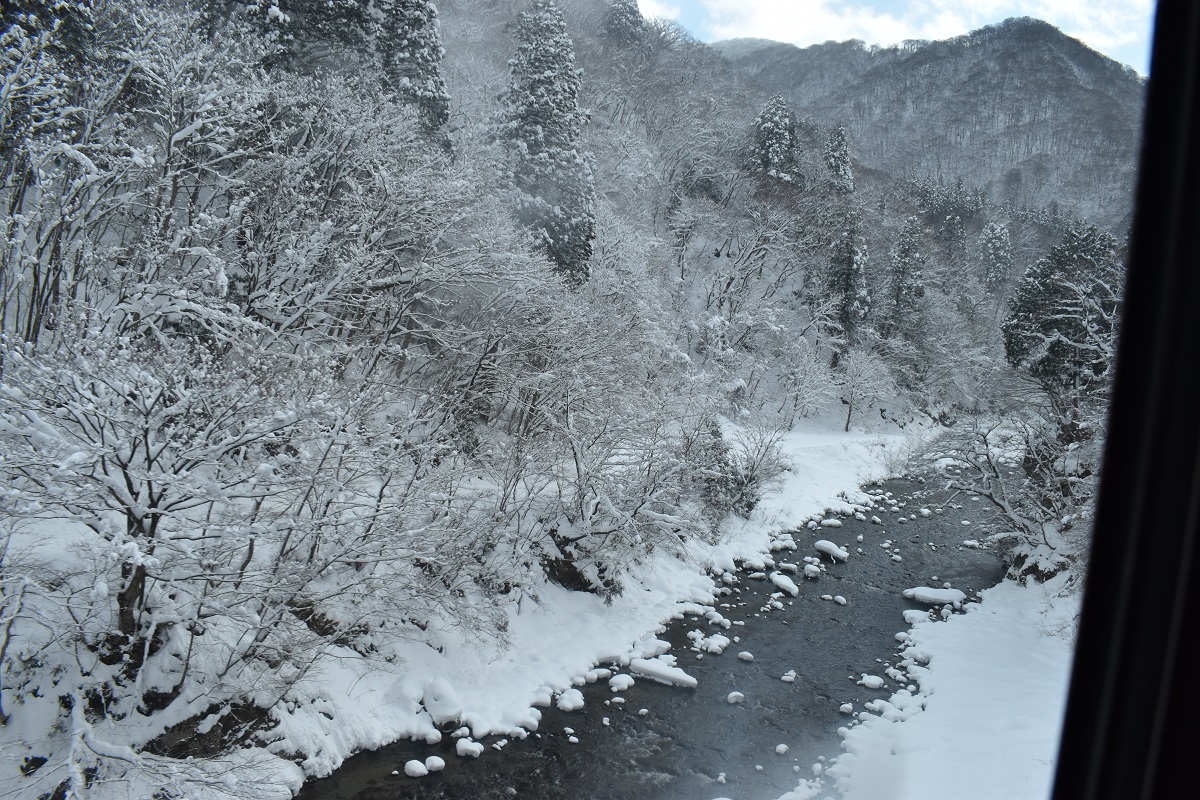Introduction
In the city, the cherry blossom season is quickly passing by. What’s more, all the famous cherry blossom viewing spots are crowded, with camera lenses peeking out everywhere to take commemorative photos with the cherry blossoms in the background. To make matters worse, there is a banquet spread out on blue sheets and it is noisy. As expected, there are no banquets with blue sheets, but Kyoto’s famous cherry blossom viewing spots are just as crowded. In such a case, take trains on the Chuo Main Line or Tohoku Main Line and head to the countryside where spring is slowly approaching. A large cherry tree that makes its presence felt amidst the majestic scenery of nature greets us. These single cherry blossoms are probably the guardian deities of the area.
However, recent global warming is worrying. The cherry blossoms themselves seem to be confused about when to bloom due to the sudden rise and fall in temperature. Moreover, the period from flowering to full bloom is short, and they disappear all at once. The good thing about Japan is that it has four distinct seasons, allowing each season to exhibit its own characteristics, but I’m concerned that in recent years Japan has become a place with only two seasons: winter and summer.
Detail
1st day (Cherry blossoms day)
One of Japan’s three major cherry blossoms has been alive for 2000 years

Kobuchizawa is the access point for the slowly approaching cherry blossom season. It takes less than 2 hours from Shinjuku by express train. You can see a 2,000-year-old cherry tree in about 30 minutes by car down the deep gorge of the Kamanashi River.
The ekiben you can buy at Kobuchizawa station in advance is excellent. What a two-tiered ekiben. Enjoy the early spring weather while eating this under the cherry blossoms. Never have a party with a blue sheet spread out.
Cherry blossoms bringing spring to the snow-covered mountains

Sanehara’s cherry blossom trees are a 5-minute drive from Jisso-ji Temple, or less than 30 minutes on foot. Let’s walk while enjoying the spring sun with looking straight ahead at the Southern Alps.
A lone cherry tree with a strong presence

From Sanehara, drive up the Kamanashi River valley again and arrive at Oito Sakura in Kanda in less than 30 minutes. It’s also a good idea to have lunch at Daigahara-shukuba(post station) on the way. Alternatively, you can take a detour to the town of Nagasaka on the way and admire the cherry blossoms blooming along the pondside.
2nd day (A day to enjoy the blessings of nature)
People in the know line up to buy outlet peaches

In order to enjoy spring for a long time, we must not forget not only the cherry blossoms, but also the plum blossoms and then the peach blossoms. The peach blossom language means “I am your captive” and “unequaled qualities.” In Japan, March 3rd is the Peach Festival or Doll’s Festival(Hina-matsuri) because it is associated with young women, and Momotarō, the demon slayer, was born from a peach because it is associated with strong vitality. In China, peach trees are said to have eternal youth and longevity and ward off evil spirits, and peach blossoms are indispensable during the Spring Festival. In any case, eating peaches is the only way to survive the hot summer! Get outlet peaches with good price!
It takes about 40 minutes from Koufu-Showa IC on Chuo Highway to reach JA Ohkusa common selection yard for peaches.
Don’t believe the time required on the Ojira River Valley flyer

It takes about 40 minutes from the peach orchard. It is also the starting point for climbing the Southern Alps. Regardless of the information on the flyer, the beauty of the valley was amazing. It’s all about your physical strength.
Where there is famous water, there is famous sake

At the bottom of the Kamanashi River valley, there is a post town called Daigahara that has been around since the Edo period. Nowadays, the coastal Tokaido is a major transportation artery, but during the Edo period, the Tokugawa shogunate did not strategically build bridges over large rivers along that route. Therefore, it is said that the Nakasendo, a mountain road where the schedule could be calculated even in heavy rain, was often used for the sankinkotai of daimyo.

The Daigahara shukuba(post station town) and the Suntory Hakushu factory where you can enjoy tastings are located along this valley floor.
Please contact us through ‘Contact us‘ form if you have any questions.








